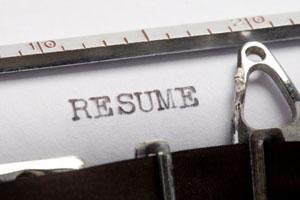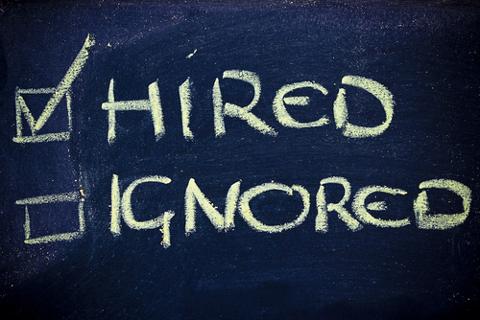A résumé is the story of you, limited to one page, that tells an employer why they should hire you for a tech position. It is a collection of your best professional moments, arranged to highlight your skills and experience. If executed properly, it will prove a major element in securing you that awesome new position; done poorly, it will become a significant impediment to landing anything at all.
Starting Off
One résumé template does not fit all, of course. Dice Insights features
a number of sample résumés, tailored to different positions—for example,
a midcareer Hadoop developer's résumé will differ considerably, in its structure and points of emphasis, from
a newbie network engineer's. Whatever the role you’re applying for, make sure the résumé is tailored to the specific position; if a recruiter or HR person thinks you’ve sent in a “standard” or template résumé, they’ll likely reject it. Those who are just starting out, such as new grads, will probably want to devote more space throughout the document to internships, academic accomplishments, and grade-point averages. Those in mid- to late-career, on the other hand, can downplay those elements: An employer will care much less about an internship you had 10 years ago, or your undergrad GPA, than what you managed to accomplish at your last few jobs. Before you begin writing your résumé, sit down and do a first, informal draft. List your formal education (high school, college, and beyond), the tech-related certifications you’ve earned (if any), and your jobs and internships. Next, list your tech skills.
You won’t include all of these on a single résumé, but you should nonetheless take an accounting of all the abilities you possess. This will help later when you decide which ones to highlight. After that, list any website or social network that contains work samples, coding projects, or other work that can ultimately help your case with a prospective employer. For example, if you spend a lot of time on GitHub, write down examples of the best work you’ve done on there. This information will collectively form the “spine” of your résumé. Now comes time to put it all together.
Writing
Here comes the fun part: Actually crafting the résumé. The key here is power verbs, which can do quite a bit to “power up” your experience and accomplishments in the mind of the reader. (
Dice offers a helpful collection of verbs for all sorts of attributes, including leadership, teamwork, creativity/innovation, and much, much more.) When writing your résumé:
- Use a conservative font: A recent study found that Helvetica is a good one, as is Garamond, Didot, or Proxima Nova. People also don’t mind Times New Roman.
- Don’t get too creative: Some professionals—the substantial majority of them designers—can pull off a résumé that looks like an Amazon or Facebook page, but most people simply can’t. When in doubt, stick to standard templates.
- Focus on results: Instead of listing what you did at each job, list the most notable things you accomplished at each job. That will give the recruiter or HR staffer a good idea of your capabilities… and why you stand out from the competition.
Watch Out for These Issues
Remember to not overstuff your résumé with detail; when it comes to writing down your skills, for example, make sure to list only the ones pertinent to the job on offer. Nothing will kill your job chances faster than loading your résumé with irrelevant skills and career trivia. If there are gaps in your job history, be prepared to explain them (if you reach the interview stage).
The best way of dealing with those gaps is head-on, with a brief and matter-of-fact explanation. Even if you’ve scanned (and re-scanned, and re-re-scanned) your résumé, you can still miss crucial spelling and grammatical errors. Always have a second person proofread your essay and materials before you send it off.


